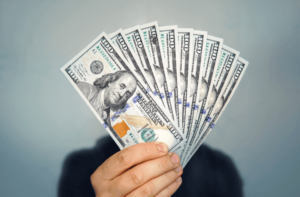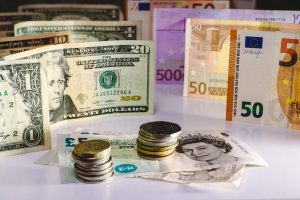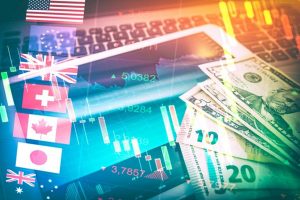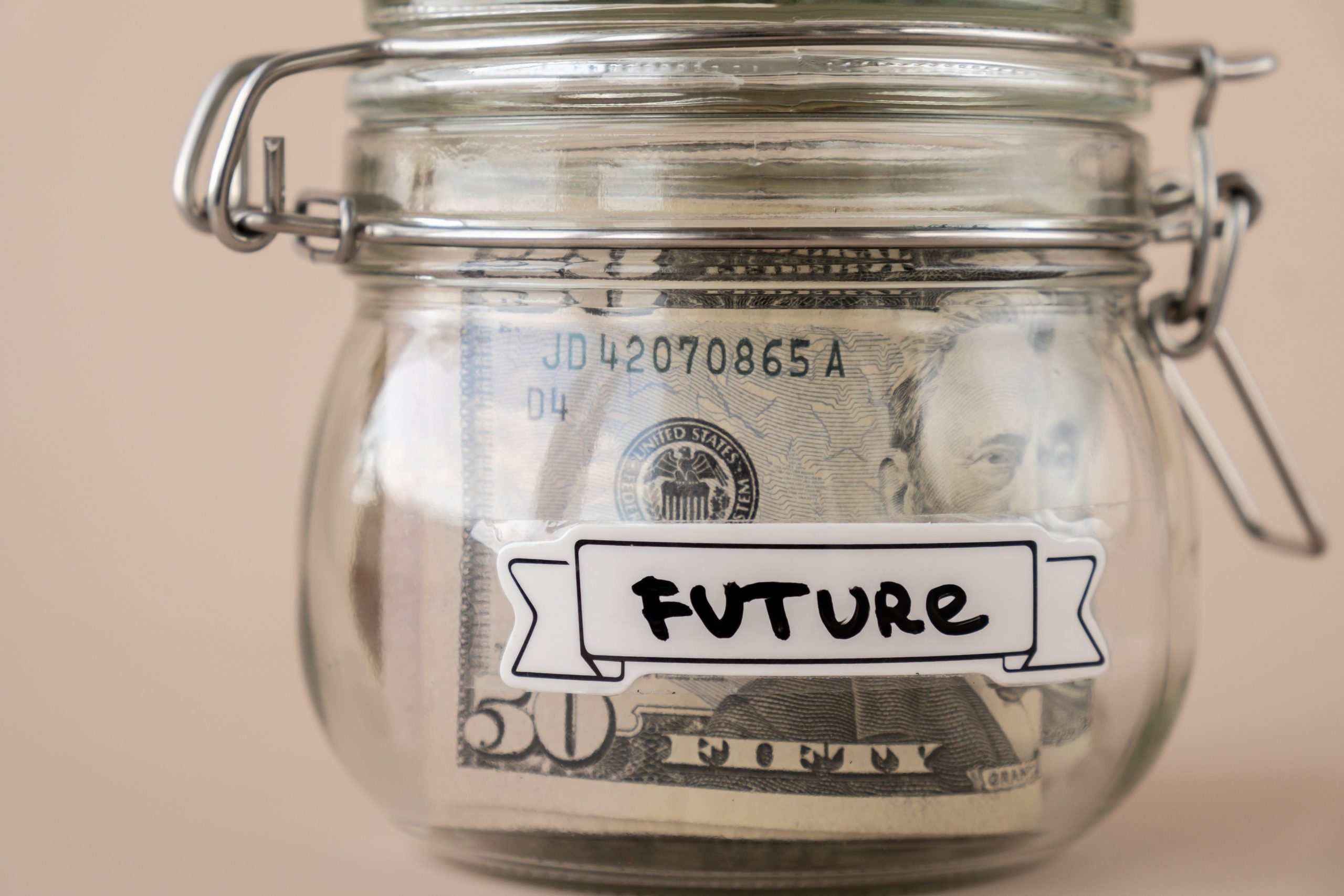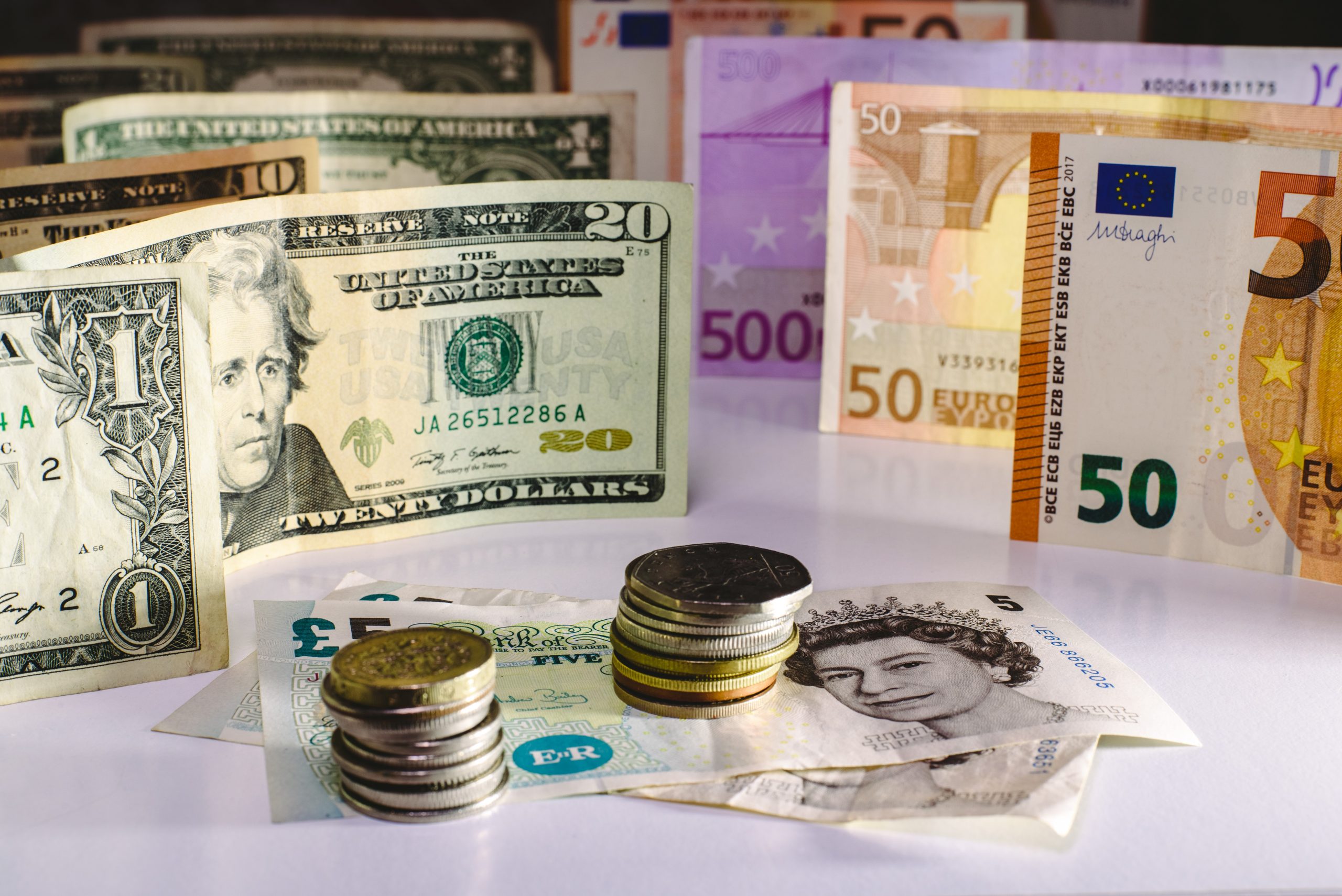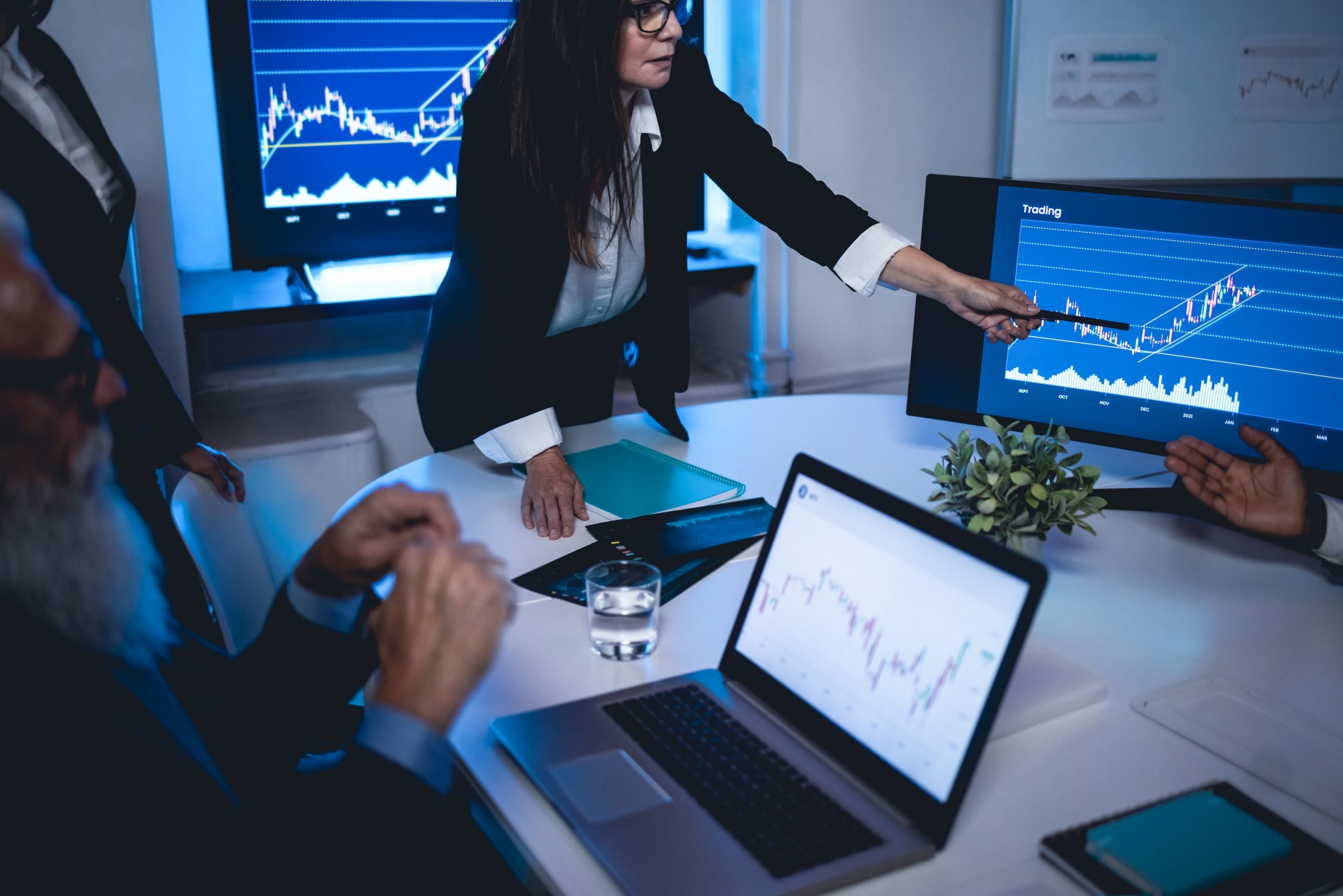What are known precious metals? A Comprehensive Guide
In the world of investing, there is a category of assets that has stood the test of time and proven to be valuable in various economic conditions – precious metals. These rare and naturally occurring metallic elements have long been regarded as a store of value and a hedge against economic uncertainty. In this comprehensive guide, we will delve into the world of precious metal investments, analyzing the market, exploring the benefits and risks, and providing insights into investing in well-known precious metals.
Understanding Precious Metals
Precious metals are elemental metals that possess high economic value due to their rarity, unique properties, and historical significance. While there are many metals in existence, only a select few are considered precious. The four primary precious metals are gold, silver, platinum, and palladium.
What are some well-known precious metals?
Gold: The Timeless Classic
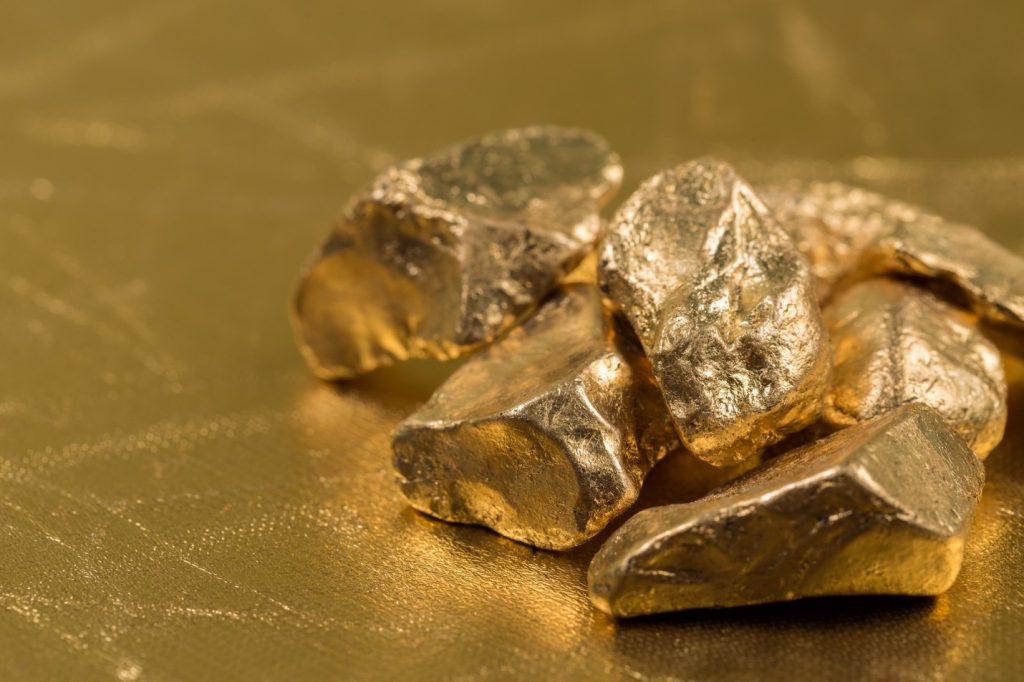
Gold is perhaps the most iconic and recognizable precious metal. Its distinct yellow color, malleability, and conductivity make it highly sought after in various industries. Gold has been used for centuries as a form of currency, jewelry, and a store of value.
Uses of Gold
Gold finds applications in diverse sectors, including:
- Jewelry: Gold’s beauty and durability make it a preferred choice for crafting exquisite jewelry pieces.
- Electronics: Due to its excellent conductivity, gold is used in electronic devices, such as cell phones and computers.
- Radiation Shielding: Gold is employed in the medical field for its ability to shield against radiation.
- Thermal Insulation: Its superb thermal conductivity makes gold indispensable in high-tech industries.
Major Sources of Gold
The primary gold-producing regions include South Africa, the United States, China, and Australia. These countries have substantial reserves and a long history of gold mining.
Silver: Beyond Beauty
Silver, like gold, is highly valued for its aesthetic appeal, but its utility extends far beyond its visual allure. It boasts the highest electrical and thermal conductivity among all elements, making it indispensable in various industries.

Uses of Silver
Silver finds application in diverse sectors, including:
- Jewelry: Silver’s affordability and versatility make it a popular choice for crafting jewelry pieces.
- Coins: Throughout history, silver coins have been used as currency and continue to hold value as collectibles.
- Batteries: Silver plays a crucial role in producing batteries due to its high electrical conductivity.
- Electronics: The electrical and thermal conductivity of silver make it an essential component in electronic devices.
- Dentistry: Silver compounds are used in dental fillings and other oral care applications.
- Antimicrobial Agents: Silver’s antimicrobial properties make it useful in medical and hygiene products.
- Photography: Silver-based compounds are used in traditional photography.
Major Sources of Silver
Peru, Mexico, Chile, and China are among the largest producers of silver. These countries have significant reserves and contribute significantly to the global silver supply.
Platinum: The Pinnacle of Preciousness
Platinum is renowned for its density, malleability, and exceptional corrosion resistance. It is nearly 15 times rarer than gold, making it one of the most precious metals in the world.
Uses of Platinum
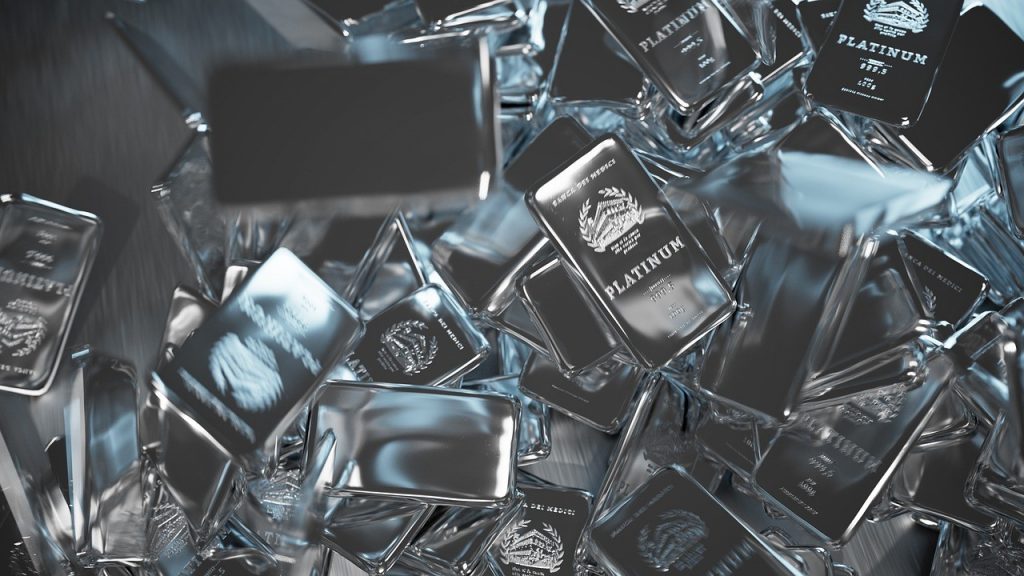
Platinum finds application in diverse sectors, including:
- Catalysts: Platinum’s catalytic properties make it vital in various chemical processes and catalytic converters.
- Jewelry: Platinum’s rarity and lustrous appearance make it highly desirable for crafting high-end jewelry.
- Weaponry: Platinum’s durability and corrosion resistance make it suitable for various military applications.
- Dentistry: Platinum is used in dentistry for its biocompatibility and resistance to corrosion.
Major Sources of Platinum
South Africa, Canada, and Russia are the primary sources of platinum. These countries have extensive platinum reserves and play a vital role in meeting global demand.
Palladium: Platinum’s Precious Cousin
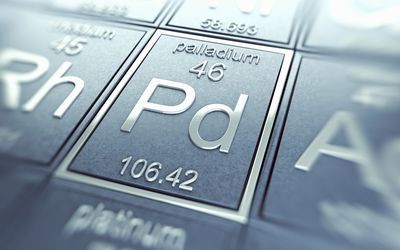
Palladium shares many properties with platinum, including exceptional corrosion resistance and stability at high temperatures. It is a rare and malleable metal with diverse applications.
Uses of Palladium
Palladium finds application in diverse sectors, including:
- “White Gold” Jewelry: Palladium is often used as an alternative to platinum in jewelry due to its similar appearance and lower cost.
- Catalytic Converters: Palladium’s catalytic properties make it essential in automotive catalytic converters, reducing harmful emissions.
- Electrode Plating: Palladium is used for electrode plating in electronic devices due to its stability and electrical conductivity.
Major Sources of Palladium
Russia, Canada, the United States, and South Africa are the primary sources of palladium. These countries have significant reserves and play a crucial role in meeting global demand.
The Demand for Precious Metals
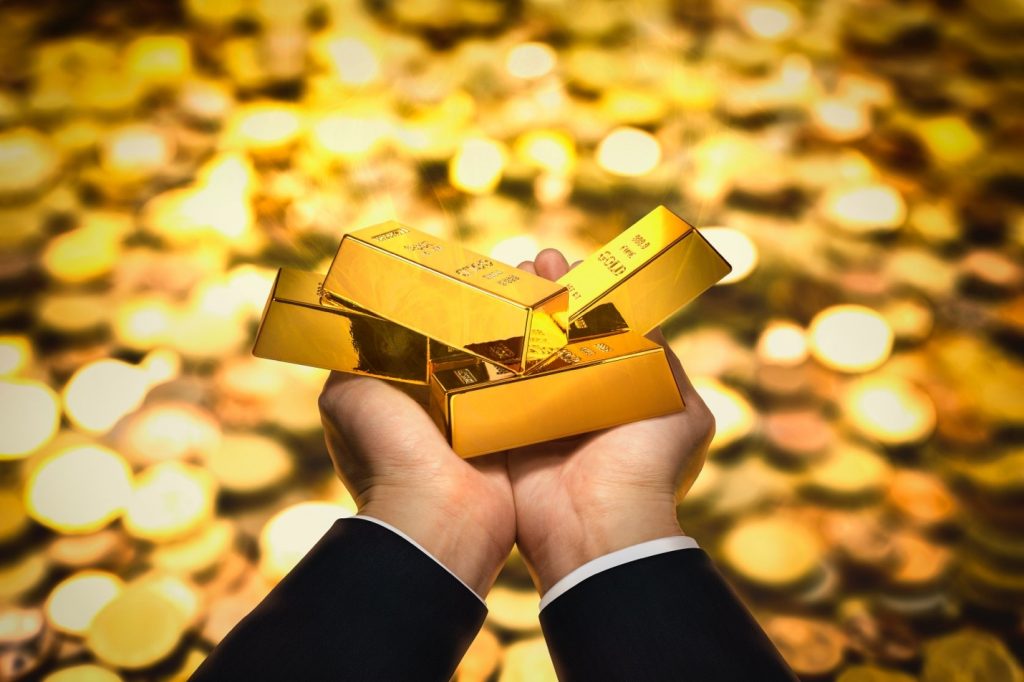
The allure of precious metals extends beyond their practical applications. These metals have long been regarded as a store of value and a hedge against inflation and economic downturns. The demand for precious metals is driven by their perceived value and their role as investments.
Historical Significance
Historically, precious metals have played a vital role as a form of currency. Gold and silver, in particular, have served as mediums of exchange and stores of value for centuries. The rarity, durability, and intrinsic value of these metals have made them desirable across cultures and civilizations.
Investment and Store of Value
Today, precious metals are highly sought after by investors seeking to diversify their portfolios and protect their wealth. Precious metals offer several advantages as investment assets:
- Diversification: Precious metals have a low correlation with traditional financial assets, such as stocks and bonds, providing a hedge against market volatility.
- Inflation Hedge: Precious metals have historically maintained their value during periods of inflation, making them a reliable hedge against currency depreciation.
- Liquidity: Precious metals, particularly gold and silver, have active markets, ensuring easy buying and selling.
- Store of Value: Precious metals have maintained their value over time, making them a reliable long-term store of wealth.
Precious Metals Market Analysis
To make informed investment decisions, it is essential to analyze the precious metals market, understand the factors influencing prices, and assess supply and demand dynamics.
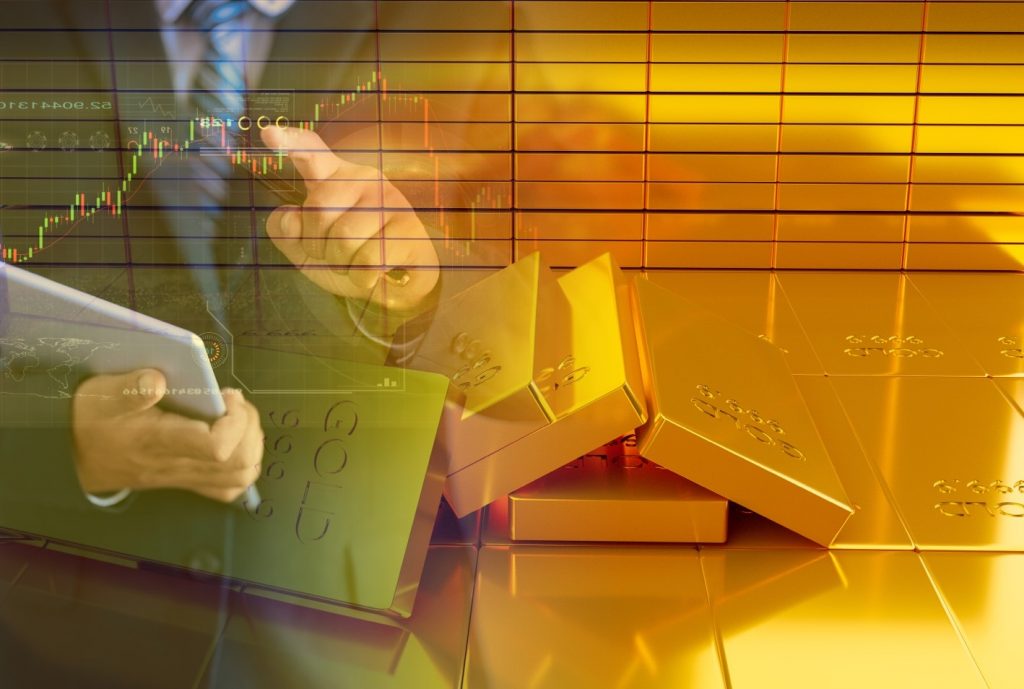
Market Factors
The prices of precious metals are influenced by various factors, including:
- Economic Conditions: Economic indicators, such as GDP growth, inflation rates, and interest rates, can impact the demand for precious metals.
- Investor Sentiment: Investor sentiment and market speculation can drive short-term price fluctuations.
- Geopolitical Uncertainty: Political instability, trade tensions, and geopolitical events can create volatility in the precious metals market.
- Currency Movements: Currency fluctuations, particularly the strength of the U.S. dollar, can affect the prices of precious metals.
Supply and Demand Dynamics
The supply and demand dynamics of precious metals play a crucial role in determining their prices. Factors influencing supply and demand include:
- Mining Production: The level of mining production affects the supply of precious metals. Production disruptions or new mining discoveries can impact supply levels.
- Industrial Demand: Precious metals have various industrial applications, and changes in industrial demand can influence prices.
- Investment Demand: The demand for precious metals as investment assets can fluctuate based on market sentiment and economic conditions.
Price Trends and Forecasting
Analyzing historical price trends and forecasting future price movements is essential for investors interested in precious metals. Technical analysis, fundamental analysis, and market research can provide insights into price trends and potential investment opportunities.
Investing in Known Precious Metals
Investing in precious metals can be done through various avenues, including physical ownership, exchange-traded funds (ETFs), mutual funds, and mining stocks. Each investment vehicle has its advantages and considerations.
Physical Ownership
Physical ownership of precious metals involves purchasing and holding the actual metal in the form of bullion bars or coins. This form of ownership provides tangible assets that can be securely stored and easily liquidated.
Considerations
- Storage: Physical ownership requires secure storage facilities to protect the investment from theft or damage.
- Authenticity: Ensuring the authenticity and purity of the metal is crucial when purchasing bullion bars or coins.
- Transaction Costs: Buying and selling physical precious metals may involve transaction costs, such as premiums and assay fees.
- Liquidity: Physical precious metals can be easily liquidated through reputable dealers or auction houses.
Exchange-Traded Funds (ETFs)

ETFs offer a convenient way to invest in precious metals without the need for physical ownership. These funds are traded on stock exchanges and provide exposure to the price movements of various precious metals.
Considerations
- Diversification: ETFs provide exposure to a basket of precious metals, offering diversification within a single investment.
- Liquidity and Accessibility: ETFs can be bought and sold on stock exchanges, providing liquidity and accessibility to investors.
- Expense Ratios: ETFs charge expense ratios, which can impact overall returns.
- Counterparty Risk: ETFs are subject to counterparty risk, as investors rely on the fund’s issuer to fulfill their obligations.
Mutual Funds
Mutual funds focused on precious metals invest in shares of mining companies or companies involved in the production and distribution of precious metals. These funds provide exposure to the precious metals sector and the potential for capital appreciation.
Considerations
- Professional Management: Mutual funds are managed by investment professionals who research and select the underlying investments.
- Diversification: Mutual funds invest in a portfolio of companies, providing diversification within the precious metals sector.
- Expense Ratios: Mutual funds charge expense ratios, which can impact overall returns.
- Market Risk: Investments in mutual funds are subject to market risk and fluctuations in the price of precious metals.
Mining Stocks
Investing in mining stocks involves buying shares of companies engaged in the exploration, development, and production of precious metals. This investment avenue provides exposure to the performance of individual mining companies.
Considerations
- Company Analysis: Investing in mining stocks requires thorough analysis of individual companies, including their financial health, management team, and exploration projects.
- Market Volatility: Mining stocks can be subject to significant price volatility due to factors such as exploration success, production levels, and commodity prices.
- Leverage: Mining stocks can offer leverage to the price movements of the underlying precious metals.
- Risk Profile: Investing in mining stocks carries specific risks associated with individual companies, such as operational risks, geopolitical risks, and regulatory risks.
Precious Metals vs. Traditional Investments
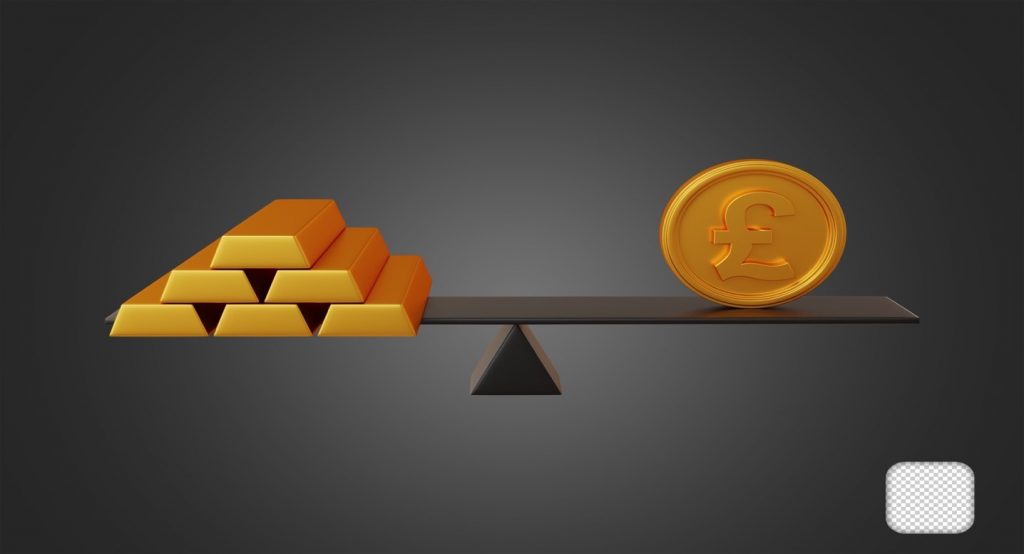
Investing in precious metals offers unique characteristics and benefits compared to traditional investment assets, such as stocks, bonds, and real estate. Understanding these differences can help investors make informed decisions about portfolio diversification.
Diversification and Risk Hedging
Precious metals provide diversification benefits due to their low correlation with traditional financial assets. During times of economic uncertainty or market volatility, the price of precious metals can often move independently of other asset classes, acting as a hedge against risk.
Inflation Protection

Precious metals, particularly gold and silver, have historically served as a hedge against inflation. When the value of fiat currencies declines due to inflationary pressures, the intrinsic value of precious metals tends to hold steady or increase, preserving purchasing power.
Store of Value
Precious metals have maintained their value throughout history, making them a reliable store of wealth. Unlike fiat currencies, which can be subject to devaluation or government intervention, the scarcity and intrinsic value of precious metals provide stability and long-term value.
Liquidity
Precious metals, especially gold and silver, have highly liquid markets, enabling investors to buy and sell their holdings with relative ease. This liquidity allows investors to convert their precious metal investments into cash quickly when needed.
Conclusion
Investing in known precious metals offers a unique opportunity to diversify portfolios, hedge against economic uncertainty, and preserve wealth over the long term. Gold, silver, platinum, and palladium have proven to be valuable assets with a rich history and diverse applications. As with any investment, it is crucial to conduct thorough research, assess market conditions, and consider individual investment goals and risk tolerance. By understanding the precious metals market and the various investment avenues available, investors can make informed decisions and potentially benefit from the allure of precious metal investments.


